In March 2022, I had the opportunity to visit the National Museum of Ireland on Kildare Street in Dublin. This exceptional archaeology museum, which offers free admission to the public, is a must-see for anyone visiting the city. The careful and respectful presentation of human remains, securely displayed behind glass and thoughtfully illuminated, left a lasting impression on me.
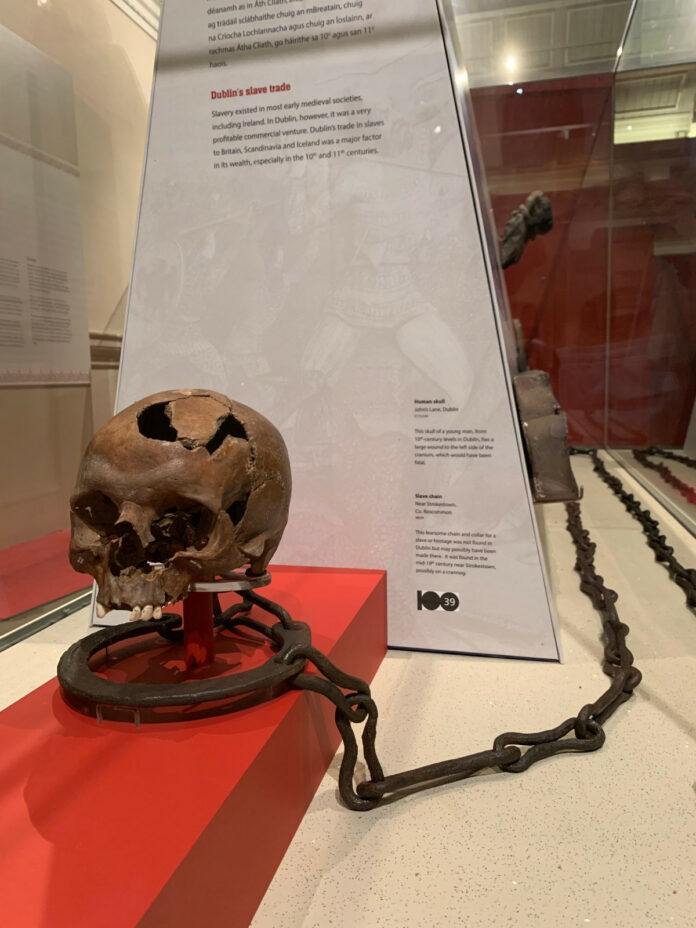
Clonycavan Man: A Face from the Past
Connecting with a Tragic Story
One of the most striking exhibits was that of Clonycavan Man, featured in the Kinship and Sacrifice section dedicated to Irish bog bodies. Discovered in 2003, Clonycavan Man is believed to have been a murder victim, showing signs of ritualistic mutilation. His reconstructed face allows visitors to connect with him personally, despite the color changes caused by the anaerobic conditions of the bog.
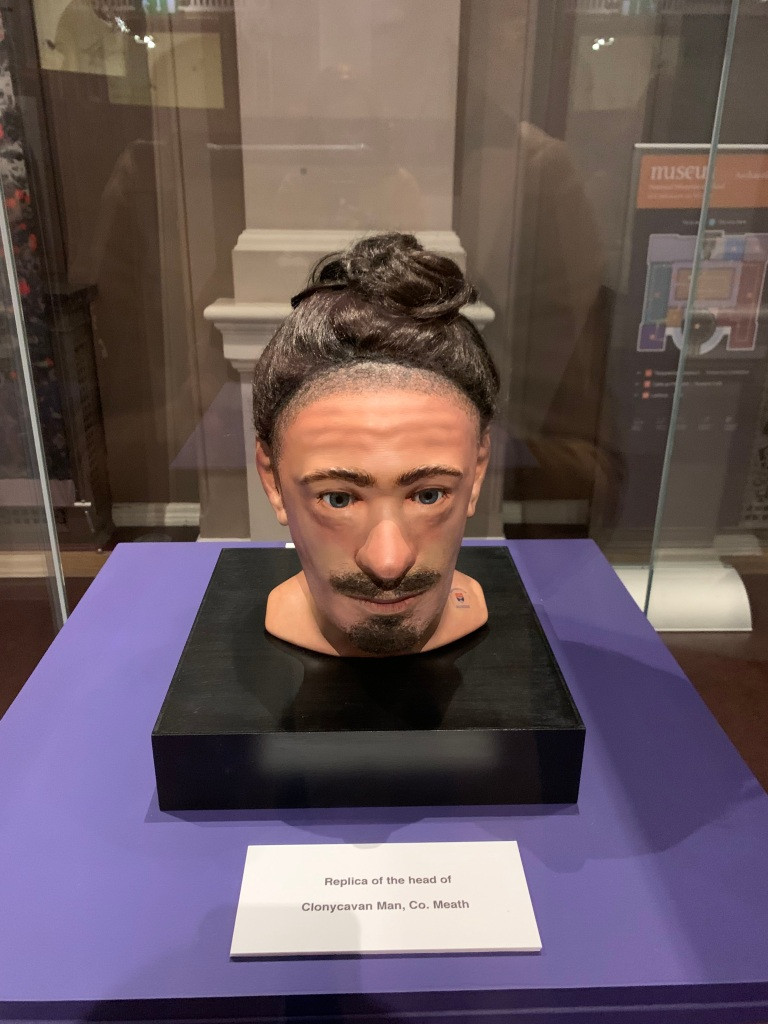
The Viking Warrior’s Resting Place
Remnants of a Bygone Era
Another noteworthy display showcased an almost fully intact skeleton from the 9th century, uncovered at Memorial Park, Island Bridge, Dublin. Identified as belonging to a warrior, the remains were found alongside a dagger and sword, prompting visitors to consider the individual’s gender and the significance of this dimly lit exhibit.
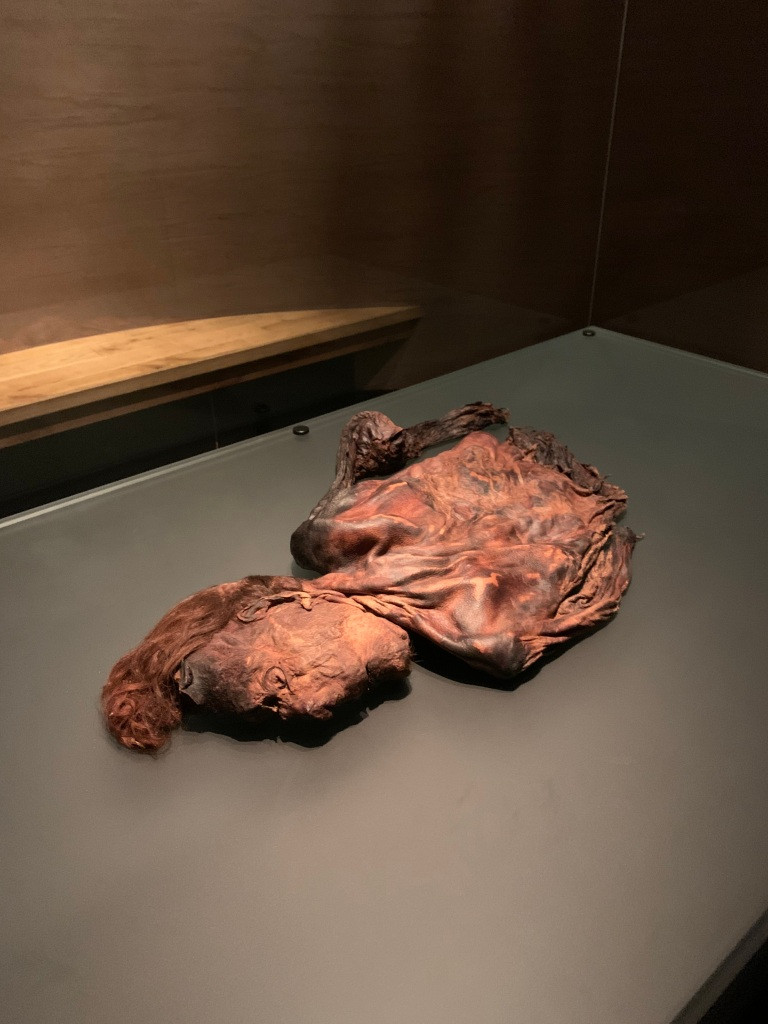
Burial 24: A Subtle Presence
Recognizing the Unseen
Burial 24, located in the Hill of Tara section, contained the remains of a cremated adult, accompanied by an inverted encrusted urn and vase. Visitors might have easily missed the human remains if not for the exhibit’s label, which raises questions about how we perceive and recognize such displays.
The Skull from John’s Lane
Provoking Uncomfortable Reflections
A thought-provoking exhibit focused on a human skull discovered at John’s Lane, Dublin. The inclusion of a “slave chain” alongside the skull, belonging to a young man who may have suffered a fatal head wound, evoked discomfort and prompted reflections on identity and the post-mortem integrity of the individual.
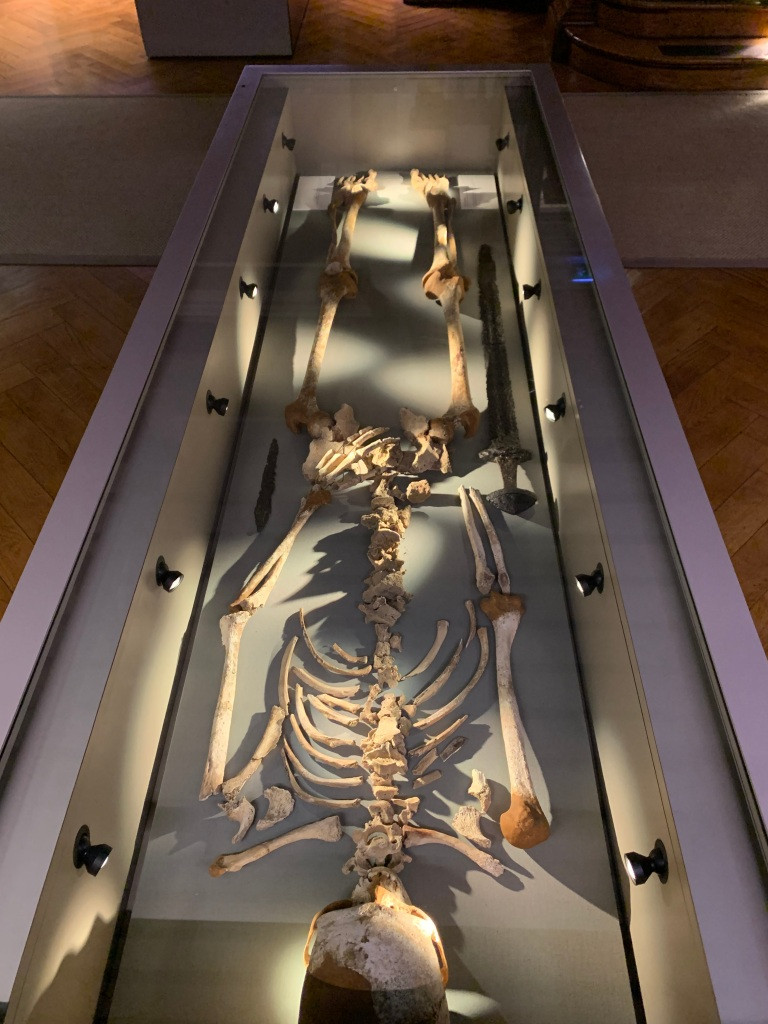
The Ptolemaic Mummy
Echoes of Ancient Egypt
The upper galleries of the museum feature a significant collection of objects from ancient Egypt, including several mummies obtained from excavations conducted between the 1890s and 1920s. One notable exhibit was the Ptolemaic Mummy of unknown provenance, dating back to around 300 BC. Unlike other museums, there was no explicit warning regarding the display of human remains, but the wrapped mummies created a barrier between viewers and the preserved bodies.
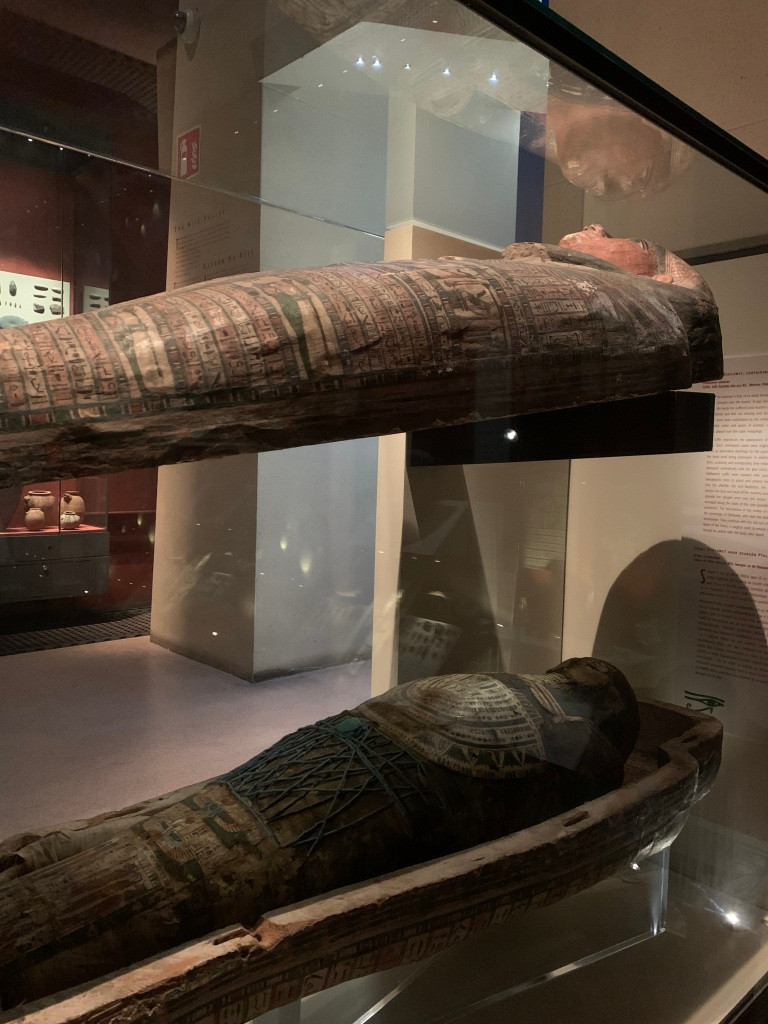
A Thought-Provoking Journey
The Archaeology section of the National Museum of Ireland offers a compelling and thought-provoking experience through its display of human remains. These exhibits serve as educational resources and catalysts for discussions on death, identity, and the representation of the human body, encouraging visitors to reflect on the ethics and boundaries surrounding the display of human remains.

